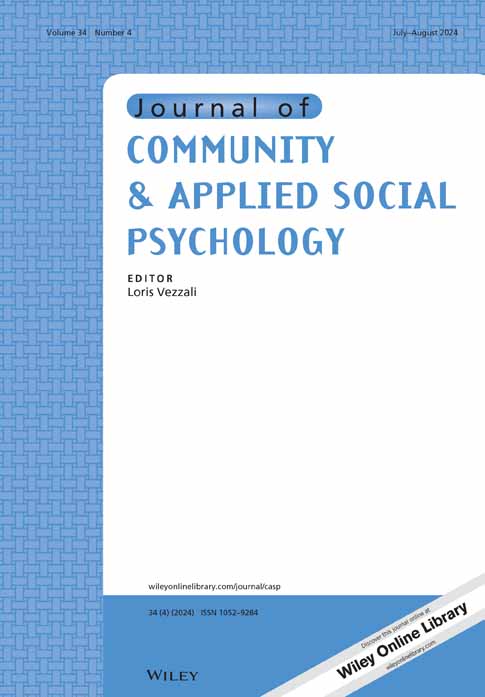Despite increasing rent price burdens throughout Europe, many eligible households for rental subsidies do not use them. Understanding determinants of low take-up is crucial for evaluating program effectiveness and anticipating fiscal implications.
To identify those determinants, we built an extended version of the theory of planned behaviour, incorporating dimensions from the claiming costs scale. In an online survey, participants comprising renting households likely eligible for the housing subsidy from Germany (n = 862) and Spain (n = 1032) completed measures of behavioural intention, rental cost burdens, theory of planned behaviour constructs (attitudes, subjective norms, perceived behavioural control, and past behaviour), and claiming costs constructs (information costs, process costs, and stigma).
Results supported a multi-group model, showing different paths for Germany and Spain. Several similar paths were identified for both countries, such as the indirect association of stigma with intention to apply for rental subsidies via attitude, the positive and strong association of subjective norms, and the positive association between perceived behavioural control and intention. The indirect relationship involving information costs was observed for Spain but not Germany, and rental cost burdens operated differently as well.
These findings suggest that multiple dimensions, both psychological and policy-related, should be considered when investigating claiming behaviours for rental subsidies, while emphasizing the need to acknowledge the unique characteristics of each country. This evidence is also relevant to policymakers, offering insights into leveraging established policy tools. Please refer to the Supplementary Material Section to find this article’s Community and Social Impact Statement.

